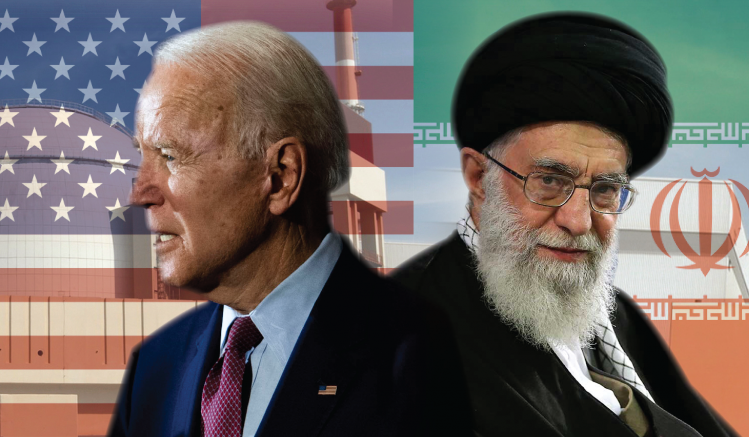Thu Jun 09, 2022
Thursday / June 9
Iran's nuclear plans
Iran has begun installing advanced IR-6 centrifuges in a cluster at an underground enrichment plant in line with a longstanding plan and now intends to add two more such clusters, or cascades, the U.N. nuclear watchdog told its member states on Wednesday.
"On 6 June 2022, the Agency verified at FEP that Iran had started to install IR-6 centrifuges in the aforementioned single cascade previously declared by Iran to the Agency," the report said.
Iran informed the IAEA in a letter received on June 6 of its intention to install two "new cascades" of IR-6 machines at the underground plant, the report said.
"On 8 June 2022, the Agency also verified that installation of the two 'new' IR-6 cascades had yet to begin," it added. Earlier on Wednesday, before the board vote, Iran said it would "shut down" two IAEA cameras at an unspecified enrichment plant.
IAEA response
A resolution submitted by the United States, Germany, France and Britain to the International Atomic Energy Agency's (IAEA) 35-nation Board of Governors "expressed profound concern" that uranium traces found at three undeclared sites remain unexplained due to insufficient cooperation by Iran. It also calls on Tehran to engage with the "without delay".
Only Russia and China opposed the resolution.
US stocks
U.S. stocks fell Wednesday as investors faced an ambivalent outlook for the global economy and awaited key data about inflation.
Major indexes sank through the midday hours after stocks opened the trading day close to flat.
The S&P 500 fell 44.91 points, or 1.1%, to 4115.77, and the blue-chip Dow Jones Industrial Average lost 269.24, or 0.8%, to finish at 32910.90. The technology-heavy Nasdaq Composite Index slipped 88.96, or 0.7%, ending at 12086.27.
US-China military contact
The United States and China are expected to use Asia's top security meeting this week to talk everything from Taiwan's sovereignty to the war in Ukraine.
The Shangri-La Dialogue, which attracts top-level military officials, diplomats and weapons makers from around the globe, will take place June 10-12 in Singapore.
On the sidelines of the summit, U.S. Defense Secretary Lloyd Austin and Chinese Minister of National Defence General Wei Fenghe are expected to hold their first face-to-face meeting since President Joe Biden took office more than two years ago.
Austin and Wei are likely to then use speeches over the weekend to re-affirm their commitment to the Asia-Pacific region, while delivering some pointed remarks in the direction of the other.
Relations between China and the United States have been tense in recent months, with the world's two largest economies clashing over everything from Chinese belligerence towards Taiwan, its military activity in the South China Sea and Beijing's attempts to expand influence in the Pacific region.
Biden's Latin America reach
US President Joe Biden announced on Wednesday a proposed new U.S. economic partnership with Latin America aimed at countering China's growing clout as he kicked off a regional summit marred by discord and snubs over the guest list.
The line-up of visiting heads of state and government in attendance was thinned down to 21 after Biden excluded Cuba, Venezuela and Nicaragua, prompting Mexican President Andres Manuel Lopez Obrador and several other leaders to stay away from the Summit of the Americas in Los Angeles, in protest.
"We have to invest in making sure our trade is sustainable and responsible in creating supply chains that are more resilient, more secure and more sustainable," Biden told a gala opening ceremony.
However, his "Americas Partnership for Economic Prosperity," which still appears to be a work in progress, stops short of offering tariff relief and, according to a senior administration official, will initially focus on "like-minded partners" that already have U.S. trade accords. Negotiations are expected to begin in early fall, the official added.
China has widened the gap on the United States in trade terms in large parts of Latin America since Biden came into office in January 2021, data show.
A Reuters analysis of U.N. trade data from 2015-2021 shows that outside of Mexico, the top U.S. trade partner, China has overtaken the United States in Latin America and increased its advantage.
